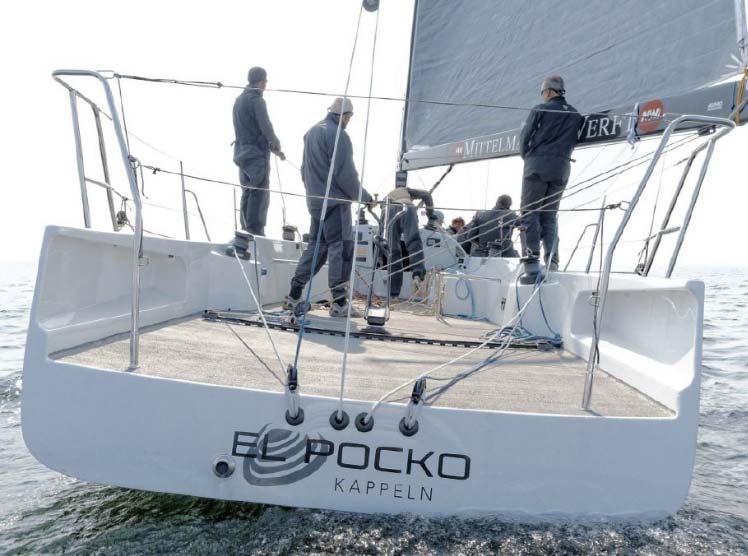Displaying items by tag: A31
The Dublin Bay Sailing Club (DBSC) buoyant Cruiser Two fleet has an A31-type yacht added to its number this season.
The French-built Archambault A31 is arguably one of the most competitive IRC boats of its size. The new arrival is a National Yacht Club campaign that will be moored at Dun Laoghaire Marina. A sistership La Republique from Liverpool competes on the Irish Sea in ISORA racing but this new arrival is the only A31 in Ireland.
The A31 is a 31’4” (9.55m) cruiser-racer sailboat designed by Joubert Nivelt Design (France). She was built between 2009 and 2017 by Archambault (France) and BG Race (France).
The A31 design comes straight off the back of the successful larger Archambault A35 of which there are several in Ireland including the Sovereign's Cup winner Fools Gold from Waterford. Another A35, Gringo, is a club mate of this Bay new arrival at the NYC and another A35 Endgame campaigns from Royal Cork.
Starlight for DBSC Cruiser Five
In Cruiser Division Five, the white sails division, a Starlight 35 has also joined the fleet. The new addition comes from the Hamble to Ireland.
DBSC Cruiser Zero fleet expands
As Afloat reported previously, the DBSC Cruiser Zero fleet was also boosted for this season when El Pocko, a German Frers Puma 42, arrived at the Royal St. George Yacht Club in Dun Laoghaire Harbour. It is the second new addition for the Bay's big boat class.
In January the First 40 La Response, formerly known as Courier Zen and a veteran of several Commodore's Cup teams joined the fleet. The RIYC boat is a fillip to a now eight-boat (or more) DBSC Cruiser Zero class racing that itself was in question only a couple of years ago.
 The angular stern of the Frers design
The angular stern of the Frers design
Racing in Dublin Bay Sailing Club has been postponed this year but the hope is for the season to get underway at some point.





























































